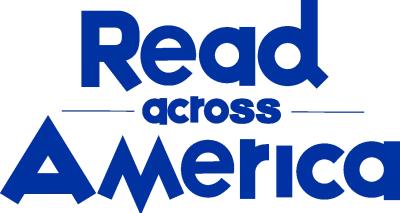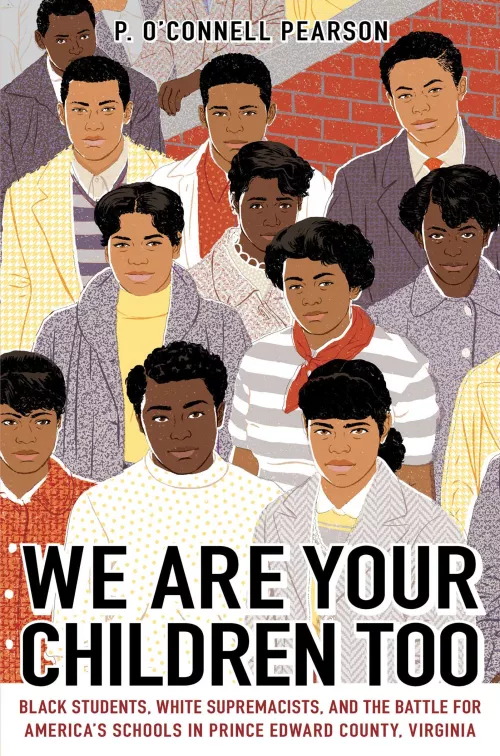Share this book
Davis v. Prince Edward County School Board was one of the five cases consolidated to form the Brown v. Board of Education of Topeka (Kansas) Supreme Court case. Discuss why it was significant that the Supreme Court agreed to hear all five cases collectively and have students work in small groups to each research one of these school desegregation cases. In their research for the facts about their assigned case, ask students to especially look for information about the role of students and young people.
Have groups discuss their research and talk about what students involved in these cases did or said. Thinking as students, and about what is important to students, have groups develop their own presentation for these Supreme Court cases. They should write remarks that use a student voice directed to Supreme Court Justices and offer their recommendations to the Supreme Court on how to implement school desegregation. Have groups present their remarks to the class and together discuss their rationales and recommendations.
Questions for Discussion or Reflective Writing
- Why do you think students–young people like Barbara Johns–organized protests instead of parents and older people in the community? How did the Moton student strike mobilize the Black community in Prince Edward County to support efforts to end segregation in schools?
- What did you think of the Farmville students “going bigger,” working with the NAACP to sue for an end to segregation rather than continuing their fight over inequality? Do you think as a country we are living up to the promise of Brown v. Board of Education today?
- The Prince Edward County school board closed all its public schools to avoid integration. What efforts were made to reopen schools? Who was involved in those efforts? What did Black families do in order to get their children an education while schools were closed?
- How is what happened in Prince Edward County ongoing? How are the effects of racism and discrimination multigenerational?
- What is your own school’s history of segregation or de-segregation? How can you learn more?
Related Resources
The Moton School Story from the Moton Museum
Barbara Johns video segment from The Rise and Fall of Jim Crow from PBS Learning Media
Freedom Now Project: Images from the summer of 1963, Farmville, VA
Brown v. Board of Education from the National Archives
Brown v. Board of Education: The Story of Prince Edward County Schools Lesson Plan from PBS Learning Media
More Titles to Try
-
The Girl From the Tar Paper School: Barbara Rose Johns and the Advent of the Civil Rights Movement
Teri Kanefield
-
Remember: The Journey to School Integration
Toni Morrison
-
We Were the Fire: Birmingham 1963
Shelia P. Moses
-
Students on Strike: Jim Crow, Civil Rights, Brown, and Me: A Memoir
John A. Stokes
-
Separate Is Never Equal: Sylvia Mendez and Her Family’s Fight for Desegregation
Duncan Tonatiuh
-
Tell All the Children Our Story: Memories and Mementos of Being Young and Black in America
Tonya Bolden
-
Kids on the March: 15 Stories of Speaking Out, Protesting, and Fighting for Justice
Michael G. Long
Stay on top of current education news



